SEO Tips for E-commerce: Improve Your Online Shop's Ranking in Google
SEO is an important tool for e-commerce businesses to bring in new customers. Here are the best tips for your online shop to rank higher in Google.
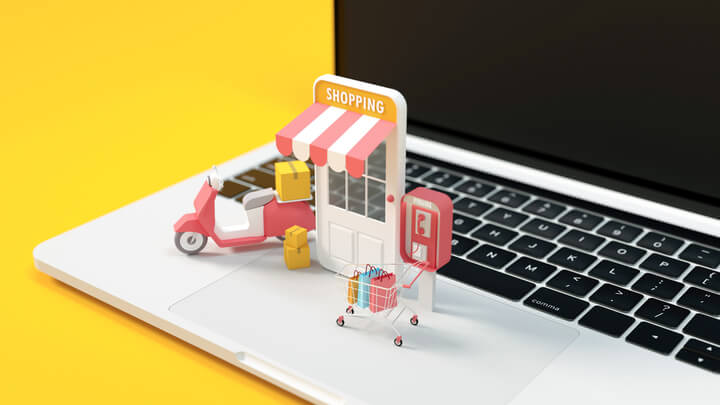
Google Shopping ads are a great way to generate interest in your products. However, because of the amount of competition on the channel, it is important to optimise your listings in order for them to have a meaningful impact. Today, we'll look at what exactly Google Shopping is. Then, we'll share 12 Google Shopping ads tips to help you optimise your product listings and get your business ahead of the competition.
Google Shopping is a search engine that shows purchasable items based on the user's search terms.
Before continuing, consider downloading our beginner's guide to Google Shopping. We walk you through setting up your Google Shopping ads step by step:
Google Shopping is often used in two main ways:
It's possible for Google Shopping ads to also appear in image searches, but this is a fairly new feature. Let's have a quick look at what the two most common uses look like:
In a normal Google search, Google will display some product ads at the top of the search results, if the algorithm thinks your search is product-related. In the example below, the user will do a normal Google search for the term "Jordan 1s". As Google believes this is a product search, it displays a variety of Google Shopping ads for Jordan 1 sneakers:
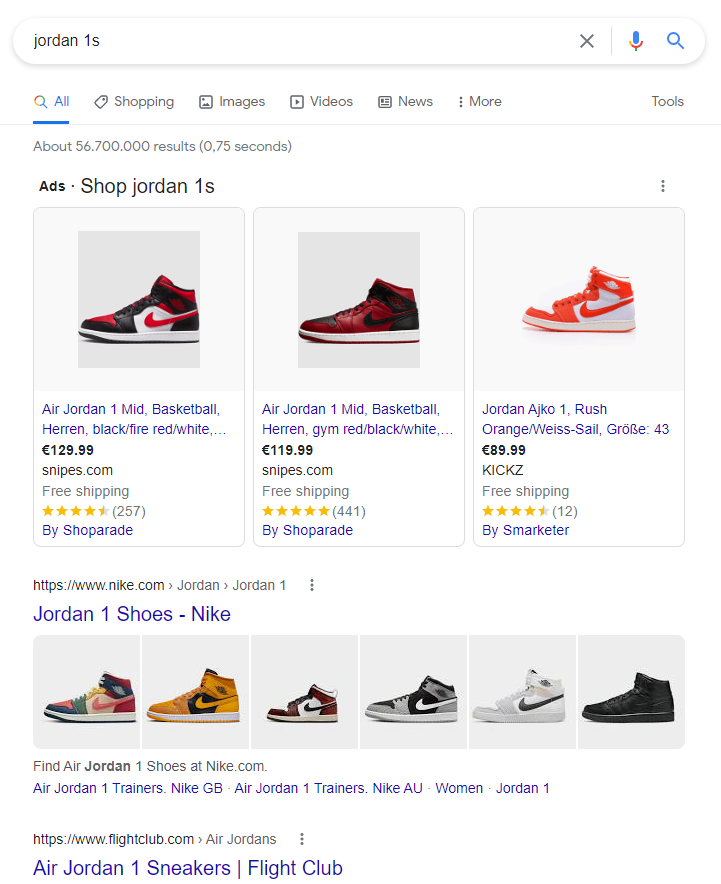
After these initial ads, Google will make its normal, organic suggestions (i.e. a link to the Nike shop).
Alternatively, many users will go directly to the Google Shopping tab (found under the search bar) to search for a product. In such cases, users will see a mix of ads at the top of the results. Below these sponsored ads, organic results will appear, as you can see here:
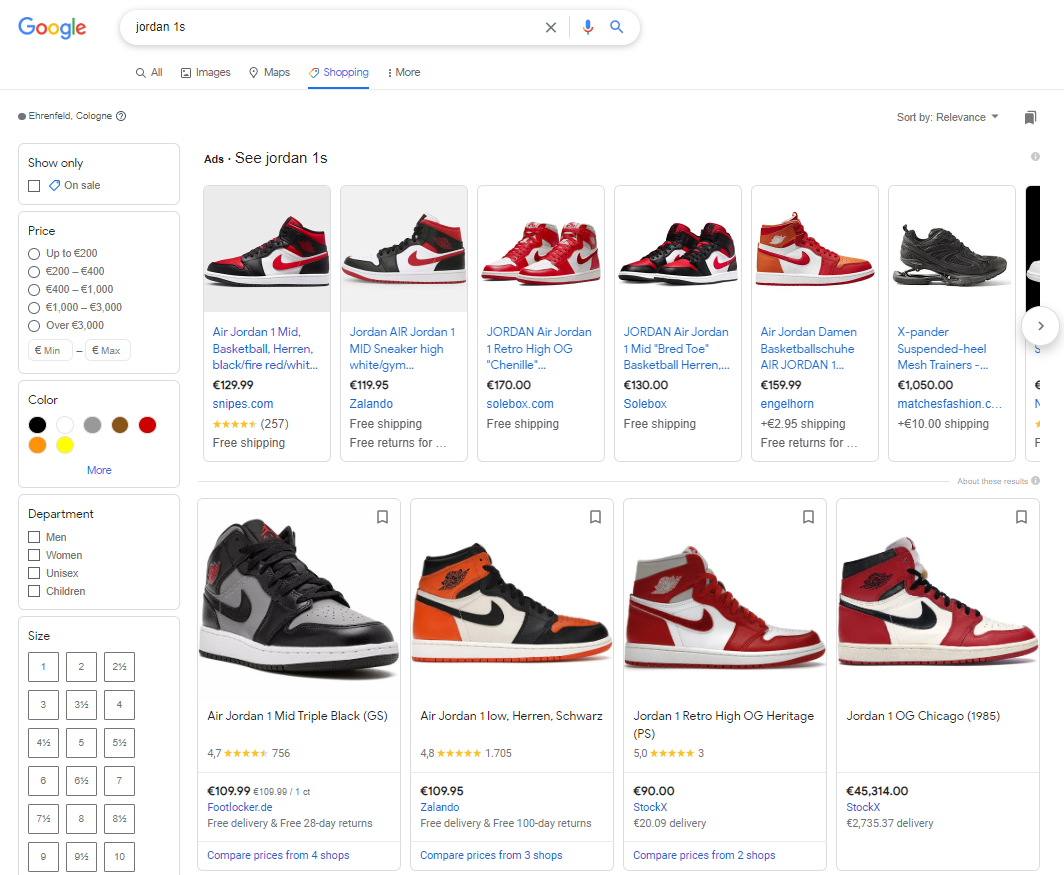
Here, in the Google Shopping tab, the first row of results are ads (and labelled as Ads at the top), while the following results are organic (i.e. unpaid) results.
As you can tell, it is technically free to display your products on Google Shopping. You essentially just need to have a Google Merchant Center account and upload your products there.
So, this begs the question:
Simply put, paying for your products to appear at the top of the search results is a great way to guide traffic to your site and sell more.
Google Shopping ads are considerably more visual than Google’s standard text ads. This is because they are entirely for the promotion of products, rather than both products and businesses. They have a strong focus on the product image and the price compared to a normal text ad.
Studies have shown that you might pay a higher cost-per-click (CPC) for Google Shopping ads, but the return-on-investment (ROI) is normally much higher in the end. This is because people can already see the product and price and know if it is relevant before they click on the ad. And as you know, if no one clicks on your ad, you don’t pay for the ad.
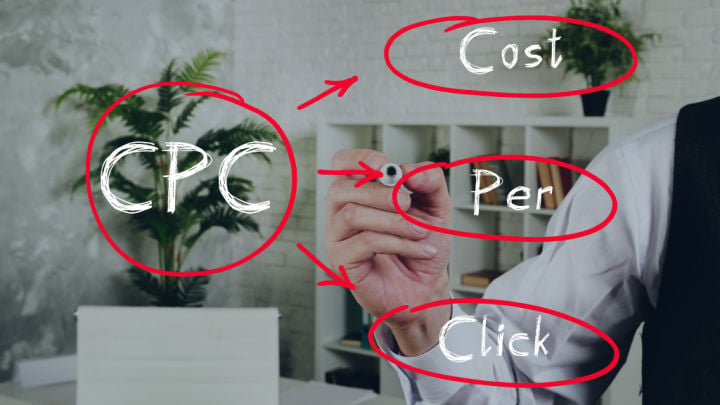
Shutterstock/Yuriy K
Of course, if you sell to customers who are very price-sensitive, then you should do thorough research before you start with shopping campaigns. After all, the price is one of the first aspects that potential customers see and one of the stronger factors in their purchase decision.
Recommended reading:
What Is SEA and How Can Your Business Benefit From It?
Without further ado, here are 12 tips for creating the perfect Google Shopping ads:
In-depth keyword research is essential for the success of any PPC advertisement. Google Shopping ads are no different. By conducting keyword research, you will be able to find the most important words and phrases to include in your titles and descriptions. These phrases will match up with the search queries of users to ensure your ads are shown to an interested audience.
You can conduct your own keyword research by using keyword analysis tools. There are keyword research tools available for all budgets, although the paid tools do go into greater depth with the keyword research they offer.
Once you’ve chosen your perfect keyword analysis tool, all you have to do is enter a general search term related to your business or product, and you will have all the related keywords at your fingertips. It is important to note that you should do regular keyword research in order to stay on top of any changes in the market or changes caused by real-world influence.
Recommended reading:
How Long Tail Keywords Can Boost Your Organic and Paid Traffic
Google Shopping titles are one of the most prominent parts of your listings. Therefore, they need to clearly highlight what it is you are selling to both Google and the potential customer.
We’ve already mentioned the importance of keywords. Besides choosing the right keywords, the placement of those keywords is also important. Google limits the number of characters initially visible in your titles, with only 70 of the 150 available characters in a title being visible in the Shopping ad.
Those limitations are even more significant on mobile devices, where only a few words are shown. Therefore, you should try to put the most important keywords at the front of your product titles. This will help show customers that the product they are being shown is relevant to their search query.
Depending on what it is you sell, there may also be an ideal order for the different attributes of your product. For example, if you sell electronics, then you should probably lead with the brand, then add the attributes, followed by the product type. You should also avoid any unnecessary capitalisation or characters outside your language of choice. This can be seen as spam by Google and could cause your listing to be removed.
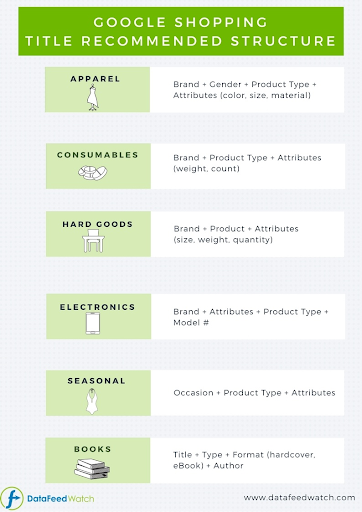
Source: DataFeedWatch
Images are an integral part of a Google Shopping listing. A good product image should catch the customer's eye and make a positive first impression.
When adding images to your product listings on Google Shopping, you have to meet Google’s requirements. However, this is something every advertiser has to do. Therefore, to stand out you need to go one step further. This means you need to use only the highest standard of images in your listings if you want to get ahead of the competition.
As well as using high-resolution images, you can also give your listings a boost by including images of your products from different angles. This helps to give the customer a better perspective of your products and therefore increases the chances of them buying from you.
You can also consider using both lifestyle and product images. This would help customers as they would be able to see the product clearly in one image, and then the same product whilst it is in use in another image. If you do decide to use lifestyle images (which show the product in use) then make sure to avoid unnecessary clutter which could confuse the customer, or potentially see you violate Google’s image guidelines.
Negative keywords are a must for any Google Shopping campaign. This is because when you tell Google which keywords you don't want to trigger your ads, you cut down on the unrelated searches you appear in. This will help you save your ad budget from being used when it doesn’t need to be.
For example, imagine you are selling men’s running shoes. If you don't use the appropriate negative keywords, your ad may be triggered by people searching for women’s running shoes, too. In such a case, excluding the keyword phrase ‘women’s running shoes’ would be beneficial since you won’t be paying for the clicks of customers who will almost certainly not buy that product.
To find unrelated keywords that are triggering your ads and using up your budget, look at the queries that generate lots of site visits but no transactions. Once you have found the undesirable keywords, set them as negative keywords in the keywords tab of Google ads.
Recommended reading:
5 Tips on How Using Negative Keywords in Google Ads for Better Results
After you’ve been advertising for a period of time on Google Shopping, you will have sufficient data to determine which are your top-performing products. By checking which products give you the best return on investment, you can focus the majority of your advertising budget on them.
This will not only ensure that you’re not wasting your budget on less popular items, but it will also ensure you really push the profitability of your best sellers to their limit, and get more value from your advertising.

Shutterstock/StockStyle
Let's look at the flip side of the coin when it comes to readjusting your budget. While focusing on your most profitable products can help maximise your budget, excluding unprofitable products can help to save it. You may wish to exclude certain products if:
You may also want to exclude any out-of-stock/low stock items. Excluding these kinds of products will ensure your budget isn’t wasted on inefficient items, so you can spend it where it matters.
Recommended readings:
Bid adjustments can be a very effective way to get more for your money. You can adjust your bid on a schedule, by location, or by device, all of which can assist you in spending efficiently.
You may choose to adjust your bid by location to find an area where competition is lower. If your target market is still in that location, then you can get much more value from focusing on that area, as you can offer a lower bid to get the same advertising position.
You can also follow a similar process by adjusting your bid by device. If most of your conversions come from mobile, then you should probably focus the majority of your bids there rather than on desktop.
Adjusting your bid based on a time schedule can also be effective, as your advertisements may perform better at certain times of the day or even certain days of the week. If that is the case, you can focus your bids around that time to get the most value for money.
Ad groups are ideal for ensuring that your advertisements are as relevant as possible to the search query. By using ad groups, you can segment your ads so those with similar goals can all be triggered by a relevant term.
You can choose which attribute to divide your products by. You can also subdivide if you want even more refined and accurate ads. Once you have your ad groups organised, you can then go on to develop the perfect landing page for every ad group, which will maximise the effectiveness of your campaign.
Your website’s landing pages play a significant role in your success on Google Shopping. If your advertisement leads to an accurate and clear landing page, then you are more likely to make the sale. If it doesn’t, then you may well lose out, with your competitors gaining from your loss.
You can optimise your landing page in a few ways. Firstly, you should ensure it loads at a good speed. A cluttered page will generally load far slower, which will cause you to lose out on all important sales.
Secondly, you should make sure the page is simple and concise. This will help any CTA to stand out whilst making the purchasing path clear. If a customer fails to find a CTA, or cannot see where to complete their purchase, then they will give up trying rather quickly.
Last but not least, make sure your landing page is accurate. It should include exactly what the customer is looking for once they arrive on your page from Google Shopping. Failing to do so will impact your organic ranking on Google Shopping negatively as well as lose you a customer.
Custom labels are a useful addition if you want to push your Google Shopping listings to the next level. By adding custom labels such as price margins and seasonal items, you can further segment the items you advertise and focus on the most profitable products for your campaign.
It is possible to import your site’s customer reviews into Google Shopping. This is something well worth doing as it provides unfiltered social proof of what you are selling.
By including the customer reviews in your listings, new potential customers will be able to better judge the quality of your products as well as your shop. Positive reviews will help generate trust, which makes customers more likely to complete a purchase.
The best way to perfect your Google Shopping ads is through A/B testing. This is where you take your original advertisement and compare its performance to the same advertisement with one changed variable. This variable could be anything from a different title to a different keyword or image. By comparing the two, you can incrementally improve your ads, until you have your desired results.
However, that isn’t the signal to stop A/B testing. There can be changes to the market or improvements made by your competition at any time. In order to prevent these changes from hampering your ad, you need to regularly test your ads to stay on top of things and ensure you remain at the top.
Google Shopping is a platform filled with competition. This means the optimisation of your listings is essential for both short-term and long-term success. By following these tips, you can perfect your Google Shopping advertisements by reaching your target audience and improve on any future campaigns by getting off to the perfect start.
14/10/22SEO is an important tool for e-commerce businesses to bring in new customers. Here are the best tips for your online shop to rank higher in Google.
Valentine's Day has grown in popularity across Europe. We're sharing some romantic statistics (redundant, right?) and look at 9 marketing tips for V-day.